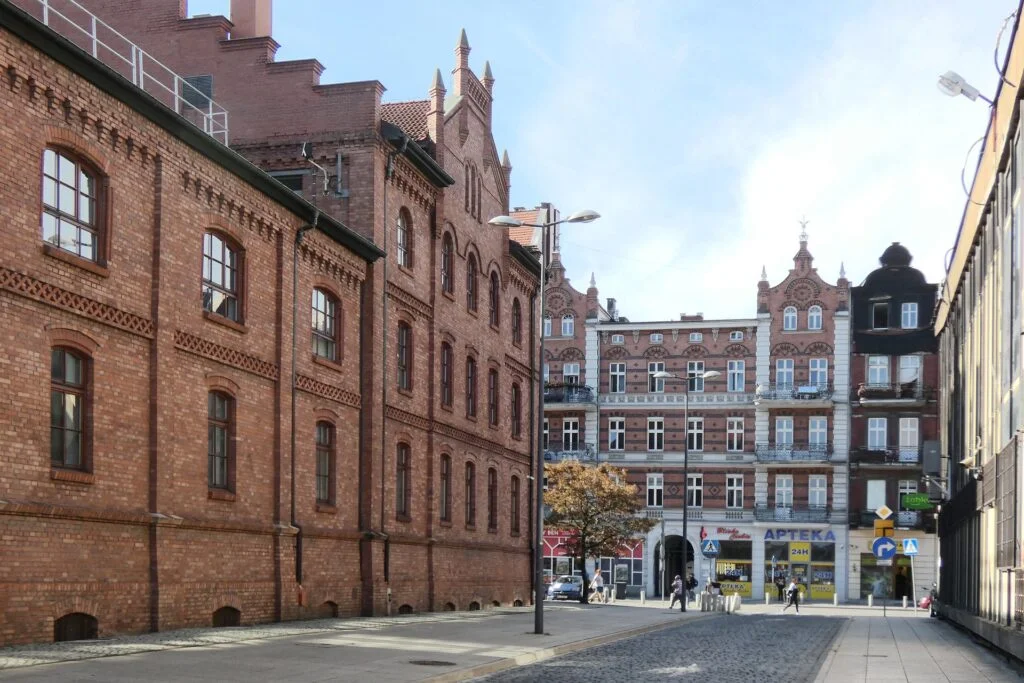History of Katowice - from settlement to the largest city in Silesia

The first mention of Katowice can be found in records from 1598. At that time, the capital of Upper Silesia was still a small settlement. What influenced its dynamic development and what has distinguished the city over the years?
Early history of Katowice
The history of the city of Katowice can be traced back to the 18th century, when today's Katowice was referred to as a settlement and village, inhabited mainly by the mining and metallurgical population. In 1865 Katowice was granted city rights, becoming the capital of Upper Silesia. Its more rapid development was due to the development of heavy industry in the 19th century. In addition to mines and steelworks, Katowice also had factories for industrial machinery and equipment. At the time, iron and steel production dominated in metallurgy, as well as other metals such as copper and zinc.
Did Katowice belong to Germany?
A question that many people wonder about is the nationality of the former Katowice. Did Katowice belong to Germany? Their former name - Kattowitz - suggests so, and this is indeed the case.
The town was a centre of German culture for a long time and was under German administration from 1939 to 1945. After the end of the Second World War, the city was handed over to Poland. The German language is still present in some local street names, buildings and institutions.
What is the oldest district in Katowice?

The oldest district in Katowice is Nikiszowiec - founded in 1908 as a workers' housing estate. Its architecture is atypical of the city's other buildings. Most of them have an inner courtyard, which was intended to take the form of a garden, as in the buildings of England. Today, Nikiszowiec is a popular tourist and cultural destination, with numerous art galleries, theatres and handicraft shops. It is also one of the world's most important monuments of industrial architecture and a UNESCO cultural heritage site.
Other districts with a rich history include: Załęże from the 1870s, Ligota-Panewniki from the 1820s. Most of the housing estates were built for people employed in the mines.